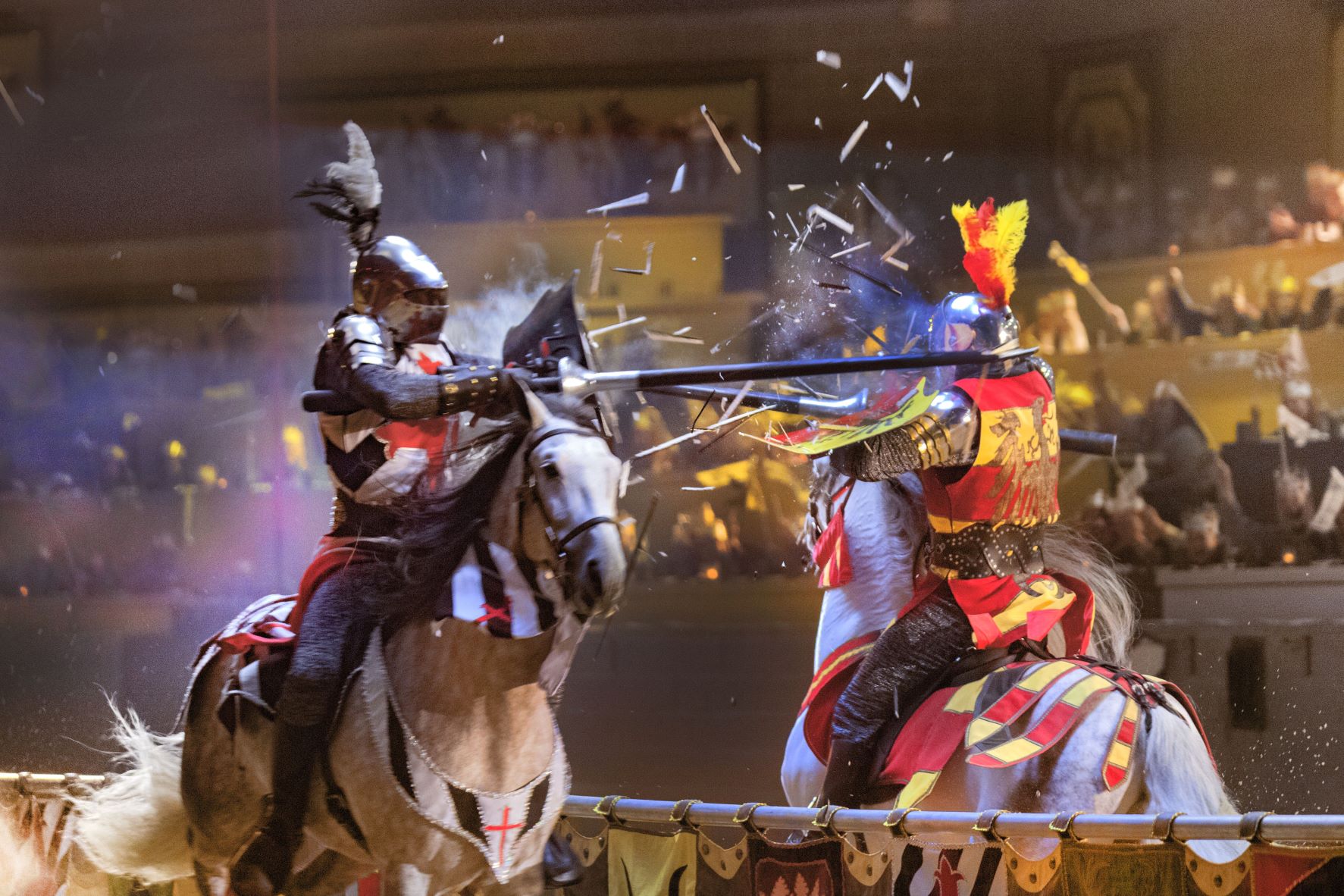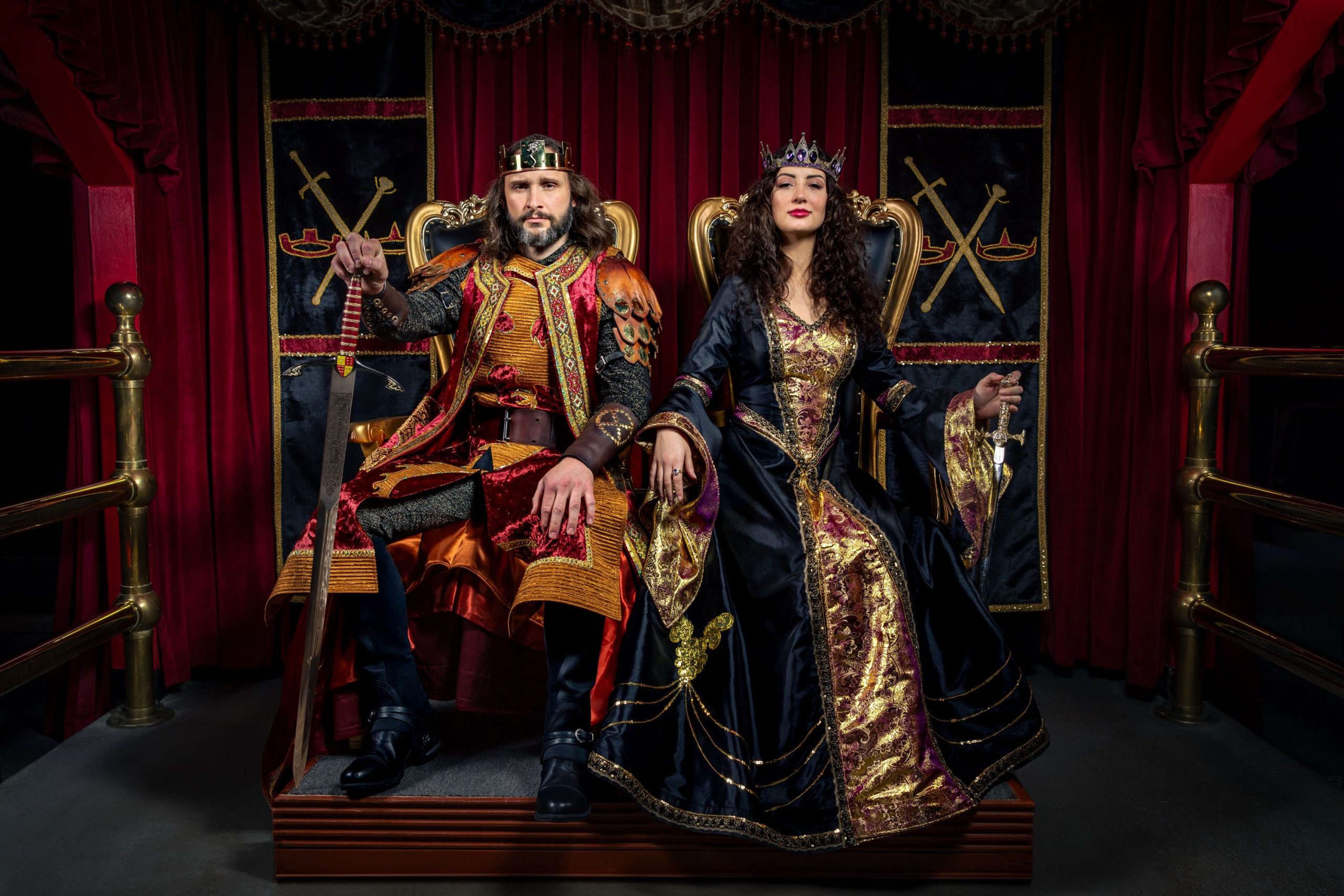Ever wondered how long does medieval times last? Picture this—a world where knights in shining armor ruled the roads, castles dominated the landscape, and kings held court with their loyal vassals. The medieval period wasn’t just a fleeting moment in history; it was an era that shaped the foundation of modern civilization. So, buckle up as we explore the timeline, the culture, and the legacy of this fascinating epoch!
When people think of medieval times, they often imagine jousting tournaments, grand feasts, and epic battles. But the reality is much more complex. This period spanned centuries and left an indelible mark on human history. From the fall of the Roman Empire to the dawn of the Renaissance, the medieval era witnessed significant transformations in politics, religion, and society.
Now, if you’re asking yourself, “How long does medieval times last?” you’re in the right place. In this article, we’ll break it down for you, covering everything from the early beginnings to the dramatic end of this remarkable period. Let’s dive in!
Understanding the Medieval Period: A Quick Overview
To answer the question, "how long does medieval times last," we need to start with the basics. The medieval period is often divided into three main phases: the Early Middle Ages, the High Middle Ages, and the Late Middle Ages. Each phase had its own unique characteristics and challenges.
The Early Middle Ages began around 500 AD, following the collapse of the Western Roman Empire. This period was marked by political instability, the rise of feudalism, and the spread of Christianity across Europe. Life was tough, but it laid the groundwork for what was to come.
As we moved into the High Middle Ages, things started to look up. From approximately 1000 to 1300 AD, Europe experienced economic growth, cultural revival, and advancements in technology. This was the golden age of castles, cathedrals, and chivalry.
Finally, the Late Middle Ages (1300–1500 AD) brought about significant changes, including the Black Death, the Hundred Years’ War, and the beginning of the Renaissance. It was a time of transition, where the old ways began to give way to the new.
The Timeline: Breaking It Down
Let’s get into the nitty-gritty of the timeline. How long does medieval times last, exactly? Well, it depends on how you define it. Historians generally agree that the medieval period lasted from around 500 AD to 1500 AD, give or take a few decades. That’s a whopping 1,000 years!
Here’s a quick breakdown:
- Early Middle Ages: 500–1000 AD
- High Middle Ages: 1000–1300 AD
- Late Middle Ages: 1300–1500 AD
These dates aren’t set in stone, but they give us a good idea of the overall timeframe. Keep in mind that different regions might have experienced these phases at slightly different times. History isn’t always neat and tidy, ya know?
Key Events That Shaped the Medieval World
Throughout the medieval period, several key events left a lasting impact on the world. Let’s take a look at some of the most important ones:
The Fall of the Roman Empire
It all started with the fall of the Western Roman Empire in 476 AD. This event marked the beginning of the medieval period and set the stage for the rise of feudalism and the power of the Church.
The Viking Invasions
From the late 8th century to the early 11th century, Viking raiders terrorized much of Europe. These fierce warriors from Scandinavia left their mark on the continent, influencing everything from language to culture.
The Crusades
Between the 11th and 13th centuries, the Crusades brought Christians and Muslims into conflict over control of the Holy Land. These religious wars had far-reaching consequences, shaping the political and cultural landscape of Europe.
The Black Death
No discussion of the medieval period would be complete without mentioning the Black Death. This devastating pandemic killed an estimated 75–200 million people in Europe and Asia, altering the course of history forever.
Medieval Society: A Closer Look
Now that we’ve covered the timeline and key events, let’s zoom in on medieval society. How did people live during this time? What were their daily lives like?
Medieval society was hierarchical, with a clear divide between the rich and the poor. At the top were the monarchs and nobility, who held most of the power and wealth. Below them were the knights, who served as warriors and protectors. And at the bottom were the peasants and serfs, who worked the land and paid taxes to their lords.
Religion played a central role in medieval life. The Church was a powerful institution, influencing everything from politics to education. People believed in an afterlife, and many sought salvation through acts of piety and devotion.
The Economy of Medieval Times
When it comes to the economy, the medieval period was all about agriculture. Most people lived in rural areas and relied on farming for survival. The feudal system was the backbone of the economy, with lords owning vast estates and peasants working the land in exchange for protection.
Trade also played a significant role, especially during the High Middle Ages. Merchants traveled across Europe, exchanging goods like spices, textiles, and metals. This led to the growth of towns and cities, which became centers of commerce and culture.
Medieval Culture: Art, Literature, and Music
Culture flourished during the medieval period, producing some of the most iconic works of art, literature, and music. Let’s explore a few highlights:
Gothic Architecture
One of the most striking features of medieval culture was Gothic architecture. Cathedrals like Notre Dame in Paris and Chartres Cathedral in France showcase the grandeur and beauty of this style, with its pointed arches, ribbed vaults, and flying buttresses.
Chivalric Literature
Knights weren’t just warriors—they were also the stars of medieval literature. Tales of chivalry and romance, such as the legends of King Arthur and the Knights of the Round Table, captured the imaginations of readers across Europe.
Medieval Music
Music was an important part of medieval life, with both sacred and secular compositions being performed in churches and courts. Instruments like the lute, harp, and recorder were popular, and vocal music ranged from Gregorian chants to love songs.
The Legacy of Medieval Times
So, how long does medieval times last in terms of its legacy? The answer is: forever. The medieval period laid the foundation for many aspects of modern life, from democracy to science. Here are a few examples:
- Universities: The first universities, such as the University of Bologna and the University of Paris, were founded during the medieval period. These institutions became centers of learning and innovation.
- Law and Governance: The Magna Carta, signed in 1215, established the principle that everyone, including the king, was subject to the law. This document influenced the development of constitutional law in many countries.
- Art and Science: The medieval period saw significant advancements in art, science, and technology, paving the way for the Renaissance and the Scientific Revolution.
Common Misconceptions About Medieval Times
There are a lot of myths and misconceptions about the medieval period. Let’s debunk a few of them:
Myth #1: Everyone Was Uneducated
While it’s true that literacy rates were low during the medieval period, there were still plenty of educated people, especially in the Church and among the nobility. Monasteries were centers of learning, and many monks were skilled in subjects like mathematics, astronomy, and medicine.
Myth #2: Life Was Brutal and Short
Life wasn’t easy during the medieval period, but it wasn’t all doom and gloom either. People had families, hobbies, and social lives. And while the average life expectancy was lower than today, many people lived well into their 60s and 70s.
Myth #3: The Middle Ages Were a Dark Time
The term “Dark Ages” is often used to describe the early medieval period, but it’s a bit of a misnomer. While there were certainly challenges, there were also many achievements and innovations during this time.
How Long Does Medieval Times Last: Final Thoughts
In conclusion, the medieval period lasted roughly 1,000 years, from around 500 AD to 1500 AD. It was a time of great change and transformation, shaping the world we live in today. From the rise of feudalism to the spread of Christianity, the medieval period left an indelible mark on human history.
So, what do you think? Did you learn something new about medieval times? Let us know in the comments below! And if you enjoyed this article, be sure to share it with your friends and check out our other articles on history, culture, and more.
Table of Contents
- Understanding the Medieval Period: A Quick Overview
- The Timeline: Breaking It Down
- Key Events That Shaped the Medieval World
- Medieval Society: A Closer Look
- The Economy of Medieval Times
- Medieval Culture: Art, Literature, and Music
- The Legacy of Medieval Times
- Common Misconceptions About Medieval Times
- How Long Does Medieval Times Last: Final Thoughts


